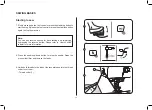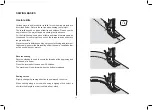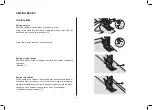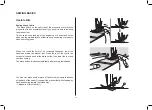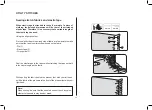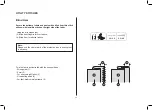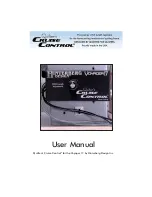
33
STITCH CHART
Stitch Pattern
Width (mm)
Length (mm)
Presser
Foot
Functions
Auto
Manual
Auto
Manual
Reverse
Auto-lock
Satin
44
7.0
2.5~7.0
0.4
0.3~1.0
A
*
*
45
7.0
2.5~7.0
0.4
0.3~1.0
A
*
*
46
7.0
2.5~7.0
0.4
0.3~1.0
A
*
*
Cross
47
5.0
2.5~7.0
2.5
1.0~3.0
A
*
*
48
4.0
3.0~7.0
1.0
1.0~3.0
A
*
*
49
6.0
3.0~7.0
1.0
1.0~3.0
A
*
*
50
6.0
3.0~7.0
1.0
1.0~3.0
A
*
*
Quilt
51
3.5
2.5~7.0
2.5
1.5~3.0
T
*
*
52
3.5
2.5~7.0
2.5
1.5~3.0
T
*
*
53
3.5
2.5~7.0
2.5
1.5~3.0
T
*
*
54
4.0
2.5~7.0
2.0
1.0~4.5
T
*
*
55
7.0
3.0~7.0
1.5
1.0~4.5
T
*
*
56
5.0
2.5~7.0
2.0
1.0~3.0
A
*
*
57
6.0
3.0~7.0
2.0
1.0~4.5
T
*
*
Decorative
58
5.0
3.0~7.0
3.0
1.5~3.0
A
*
*
59
7.0
2.5~7.0
2.0
1.0~3.0
T
*
*
60
7.0
2.5~7.0
2.5
1.5~3.0
T
*
*
61
5.0
2.5~7.0
2.5
1.5~3.0
T
*
*
62
7.0
2.5~7.0
1.5
1.0~3.0
A
*
*
63
7.0
2.5~7.0
2.5
1.0~4.0
T
*
*
64
7.0
2.5~7.0
1.5
1.0~3.0
T
*
*
65
7.0
3.5~7.0
2.0
1.0~3.0
T
*
*





















